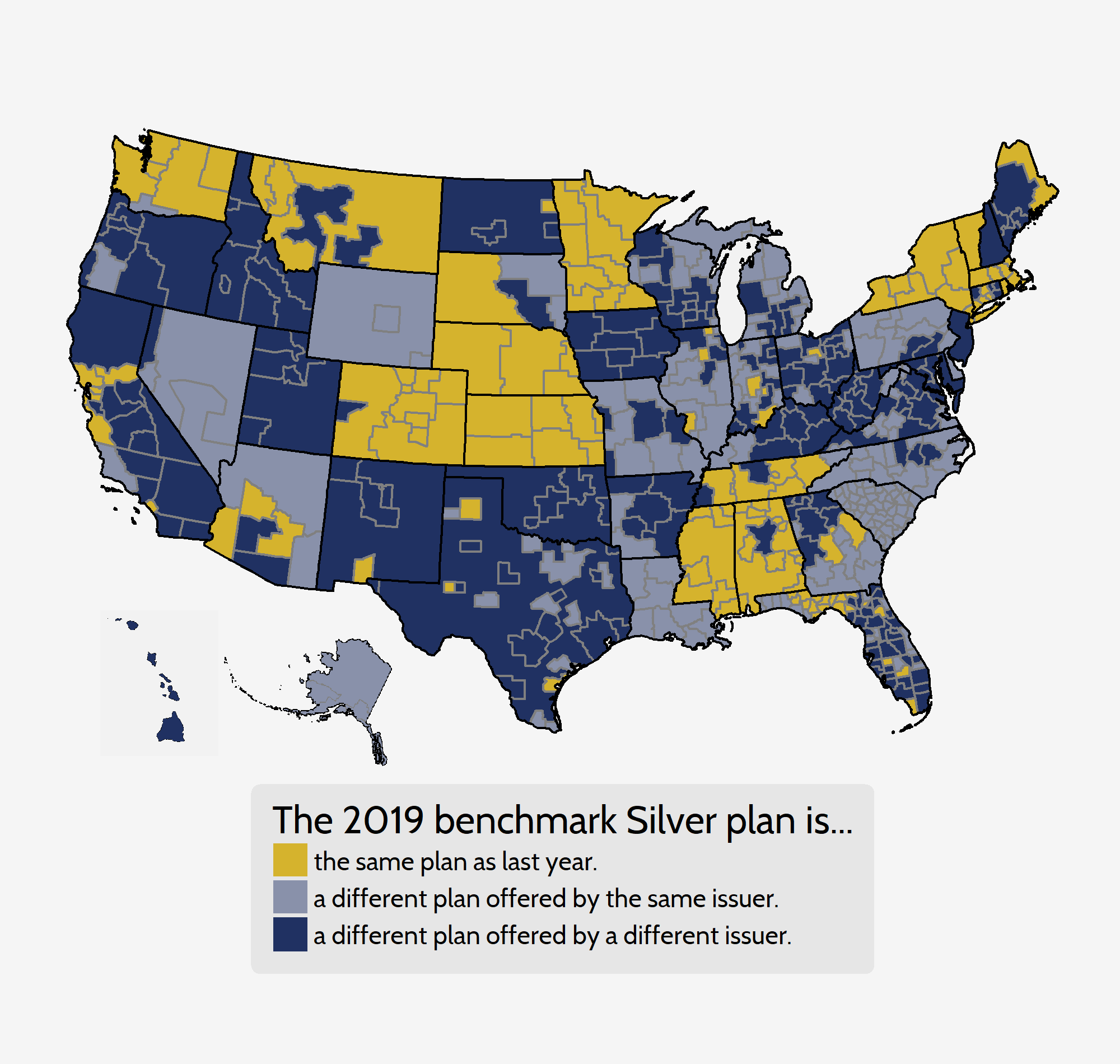Weekly Checkup
January 4, 2019
The More Things Change, the More They Stay the Same
Writing after the 2018 midterm elections, I argued that outside of messaging votes on Medicare-for-All proposals and potential deal making on pharmaceutical issues, the mid-term election probably wouldn’t have much of an effect on health care policymaking by Congress. This theory seems to hold for now. Looking at health care policy in 2019 (and perhaps policymaking more broadly), one word springs to mind immediately: stalemate. If anything, the outlook for policymaking seems darker than it did in November.
The decision in mid-December by a U.S. District Court judge to strike down the Affordable Care Act in its entirety, regardless of the ultimate outcome of the case, ensures that the almost decade-long fight over President Obama’s signature legislative achievement will continue into the new year at full intensity. Where once there looked to be a good chance that President Trump might have a path to moving bipartisan action on prescription drug prices through Congress, House Democrats are signaling that drug costs will take a back seat to their efforts to defend the ACA. Additionally, as Democrats take power in the House, the ongoing partial government shutdown threatens to further poison whatever miniscule goodwill might have existed between newly ascendant House Democrats and the administration for drug-cost dealmaking.
As we dive into 2019, the landscape looks a lot like what we’ve already seen: calls for ACA repeal from the right, demands for variations of single payer and ACA expansion from the left, all parties tentatively circling the drug-cost issue, and a host of rulemakings and demos from the administration (see examples here, here, here, and here), mostly aimed at bypassing the ACA’s rules and requirements. In other words, the more things change, the more they stay the same.
Chart Review
Despite the apparent stability in the 2019 individual health insurance marketplace, there is still much flux within the market, as AAF’s analysis of 2019 premiums shows. In 2019, only 15 percent of rating areas feature the same benchmark plan as the 2018 plan year, as the map below indicates, though 83 percent of 2018 benchmarks are still offered. The premiums for 2018 benchmark plans that are still offered on exchanges in 2019, even if not as the benchmark for the new year, have increased by 5 percent on average.
Worth a Look
Forbes: Medicare At 55 Could Gain Momentum In 2019
Wall Street Journal: John Stockman’s Medical Bills Topped $1 Million. What Happened?
New York Times: Memorial Sloan Kettering’s Season of Turmoil











